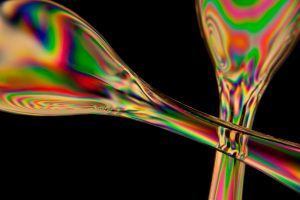Optical applications, in many instances, require an understanding of the manipulation of polarization of light. In optical design, many times the focus is on intensity of light and wavelengths while at the same time ignoring polarization.
This isn’t to say that polarization isn’t a crucial part of the process, but polarization in and of itself is an important property of light that impacts optical systems that aren’t specifically set up to measure it. Laser beams are impacted by the polarization of light, it can influence the cut-off parameters of wavelengths in filters and is also crucial to preventing unwanted backlit reflections.
In metrology applications, including stress analysis for plastic and glass, biological microscopy and pharmaceutical ingredient applications, light polarization needs to be determined and accounted for in order for these processes to be accurate. Polarization also impacts the absorption rate on three-dimensional movies, glare-reduction sunglasses and LCD screens on computers and televisions.
What is polarization?
To understand the concept you need to understand that light is an electromagnetic wave and the electrical field of the wave oscillates. Light is called unpolarized if the direction of the electrical field fluctuates randomly. Sunlight, halogen lighting and incandescent bulbs are examples of unpolarized light.
Polarized light is that in which the electrical field is clearly defined. Lasers are the most common field where polarized light is found. Polarized light is further broken down into three categories:
- Circular polarization
- Elliptical polarization
- Linear polarization
Polarization can be manipulated as a way to choose a specific polarization. A polarizer can be used as a way to broadly divide light into dichroic and reflective polarizers. A reflective polarizer can transmit light with the desired polarization and reflect the light you don’t need. A dichroic polarizer will absorb a specified polarization of light and transmit the remainder. Linear polarizers can be placed over a light source or a lens to eliminate hot spots and glare.